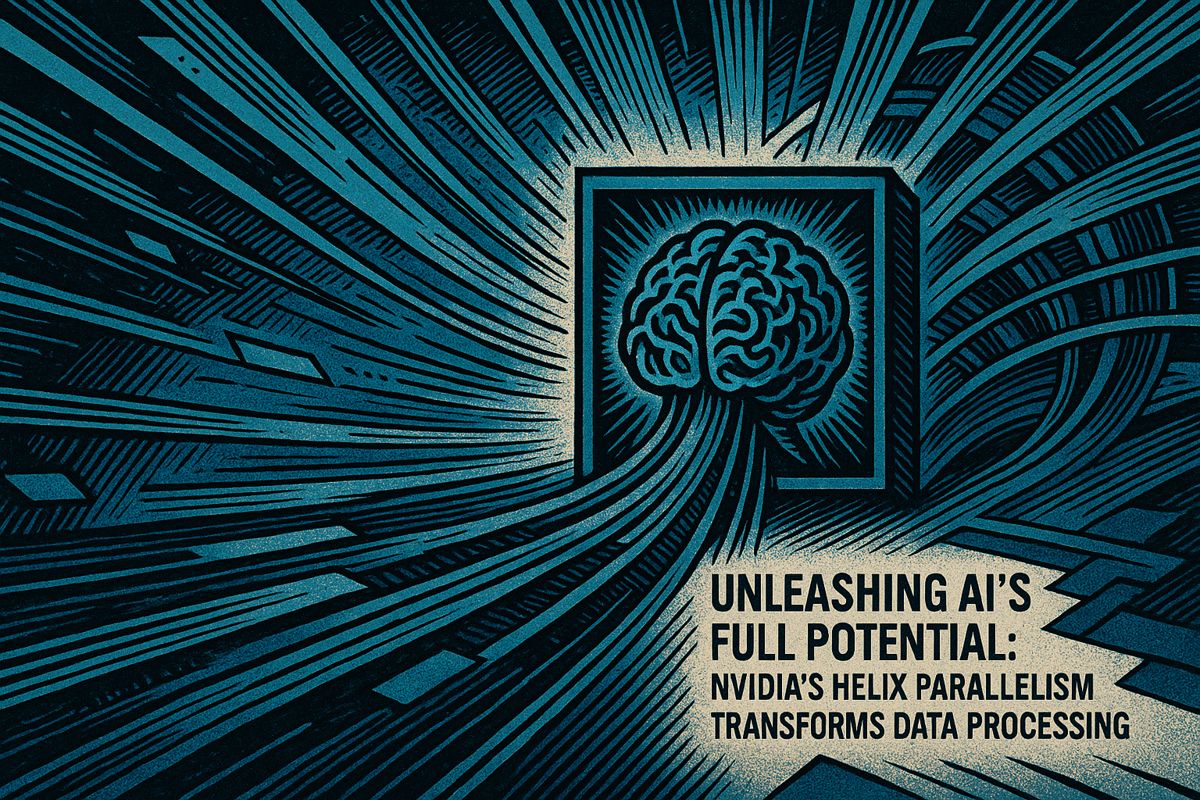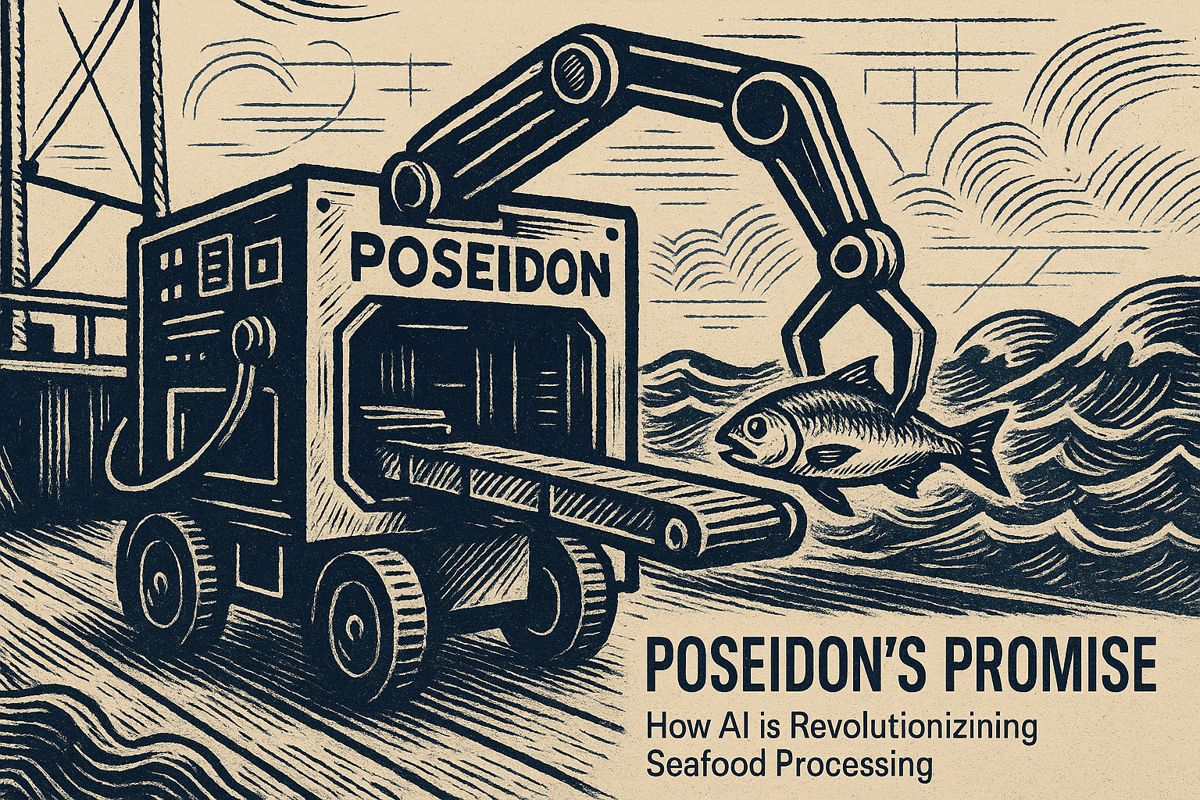Anthropic’s Claude AI integration into Excel provides powerful new tools for finance teams, reshaping how analysts build models and interpret data. Professionals can now use simple, plain-English commands to direct the AI to create, audit, and explain complex formulas, dramatically reducing manual effort and accelerating workflows.
Housed in a dedicated Excel sidebar, the tool delivers faster insights, minimizes errors, and ensures full traceability. Early beta testers, as reported by The Rundown, praise its ability to link every AI-generated suggestion to the specific cell it references, simplifying logic verification and audit trails.
This integration marks Claude’s evolution from a conversational AI to an embedded workflow tool for valuation professionals, offering industry-leading accuracy and access to an expanding ecosystem of financial data.
Why analysts care
Analysts gain a significant competitive edge by automating tedious spreadsheet tasks. Claude translates plain-English prompts into complex financial models, validates formulas for accuracy, and connects to live data sources, freeing up valuable time for strategic analysis, interpretation, and high-impact decision-making.
Claude’s superior performance is backed by data; the Sonnet 4.5 model achieved a top score of 55.3% on the Finance Agent benchmark, according to EM360Tech. This translates to tangible productivity gains, with Norges Bank Investment Management reporting double-digit improvements. For compliance-focused firms, Claude operates on local or on-prem files without requiring OneDrive auto-save, a key differentiator.
Inside the Finance-Focused Tools suite
The platform eliminates tedious data entry by connecting directly to seven essential live data feeds:
- Aiera – earnings call transcripts in real time
- London Stock Exchange Group – tick-level market data
- Moody’s – credit ratings and outlooks
- MT Newswires – short-form market headlines
- Egnyte – secure internal file access
- Chronograph – private equity dashboards
- Bridgewater AIA Labs feed – macro research
Specialized “Agent Skills” leverage these feeds for task-specific templates, including cash-flow modeling, comps tables, and variance analysis. A portfolio manager can now generate a five-year forecast model in seconds with a simple prompt like, “build a five-year scenario with 3 percent revenue CAGR.”
Competitive lens: Claude versus Copilot
While Microsoft Copilot is a common Excel assistant, Claude offers distinct advantages for finance professionals. Key differentiators include more flexible file handling, superior performance on modeling tasks, and the ability to provide multiple formula suggestions with detailed explanations. Claude’s free tier also presents a compelling alternative to Copilot’s $30 per user monthly subscription.
Early market signals
The financial sector represents Anthropic’s fastest-growing vertical, with projections indicating a five-billion-dollar annual run rate in 2025. Major institutions like AIG and Commonwealth Bank are participating in the private preview to accelerate processes such as month-end close cycles. The controlled rollout allows for continuous refinement of prompts and governance based on user feedback.
The road ahead for Excel power users
As Claude becomes more deeply embedded in Excel, the role of financial analysts is set to evolve. Focus will shift from manual formula creation to interpreting AI-generated results and driving strategy. To capitalize on this shift, leading firms are prioritizing AI literacy and prompt engineering skills to gain a first-mover advantage while the industry monitors beta outcomes.
How does Claude AI actually work inside Excel?
Claude appears as a dedicated sidebar inside your existing Excel workbook. You can prompt it in plain English to read, analyze, modify, or build new sheets while it keeps track of every formula, cell reference, and data source. The sidebar links each answer back to the exact cells it used, so reviewers can click once and verify the math – a feature already praised by early testers at AIG and Norges Bank for tightening audit trails.
What finance-specific tasks can Claude automate?
New “Agent Skills” turn multi-day tasks into minutes:
- DCF and LBO models – generates complete valuation templates tied to live income-statement data
- Comparable-company tables – pulls peer sets from LSEG or PitchBook, then auto-calculates trading multiples
- Earnings-call analysis – listens to an Aiera transcript, flags guidance changes, and updates consensus estimates in your sheet
- Pitch-book charts – writes Python in the background to build formatted charts ready for PowerPoint
Early adopters inside Bridgewater’s AIA Labs report 20% faster deal screening after handing first-pass modeling to Claude.
How is this different from Microsoft Copilot for Excel?
The biggest gap is data flexibility. Claude works on files stored locally or on any shared drive and does not force OneDrive auto-save, a must for banks with strict data-residency rules. Benchmark tests show Claude Sonnet 4.5 scores 55.3% on the Finance Agent benchmark versus no published score for Copilot, and testers on Tirabassi found Claude offers multiple formula options and full M-code snippets while Copilot suggests a single, slower path.
Which external data feeds are supported?
Seven live connectors ship on day one: Moody’s (credit ratings), LSEG (market prices), MT Newswires (headlines), Egnyte (internal file stores), Aiera (event transcripts), and Chronograph (private-company data). The team plans quarterly additions tied to user voting inside the sidebar, a practice borrowed from their successful Claude for Financial Services program that already covers FactSet, S&P Global, and Snowflake.
How will analyst roles change once this spreads through finance teams?
Claude compresses weeks of modeling and benchmarking into minutes, so junior analysts are shifting from building every spreadsheet to validating, stress-testing, and interpreting AI output. Skills gaining value include prompt engineering, data-governance oversight, and board-level storytelling. According to internal figures, Norway’s sovereign wealth fund saved 213,000 analyst hours in twelve months, while Commonwealth Bank of Australia uses Claude to let senior staff ask iterative “what-if” questions without waiting for a modelling desk – freeing human experts to focus on strategy rather than cell formatting.



















